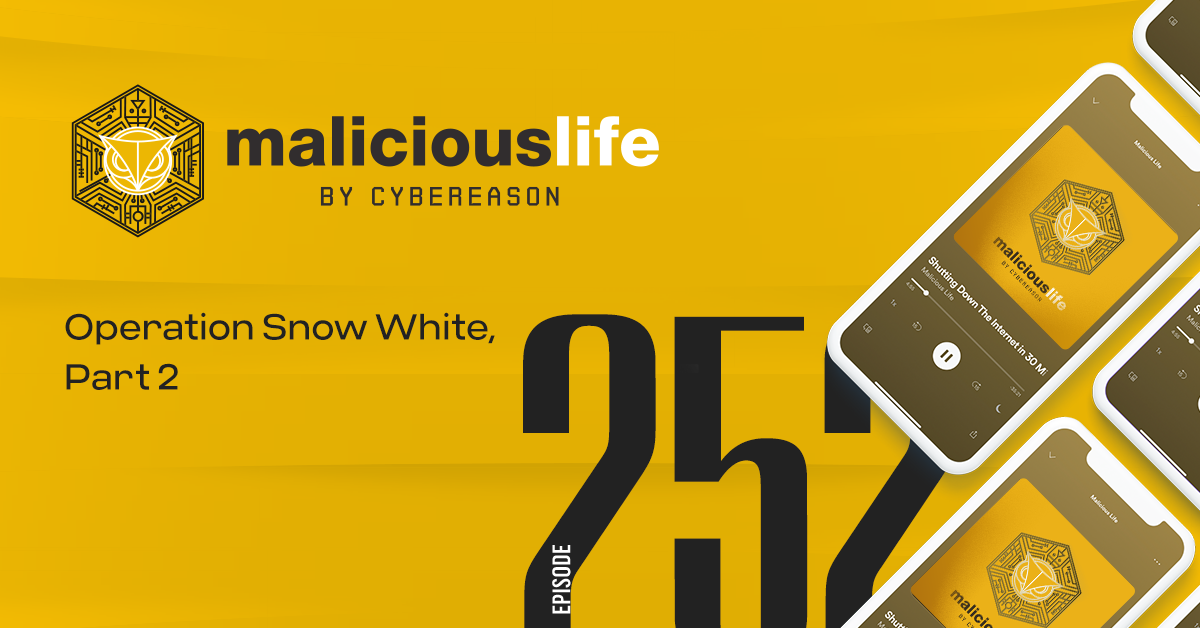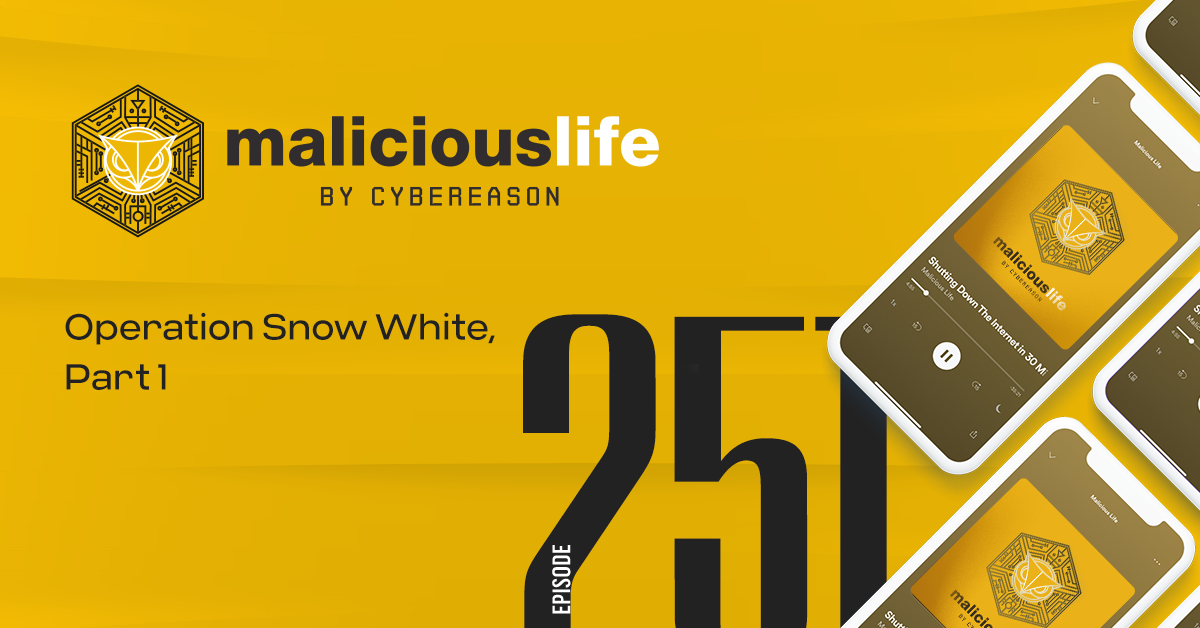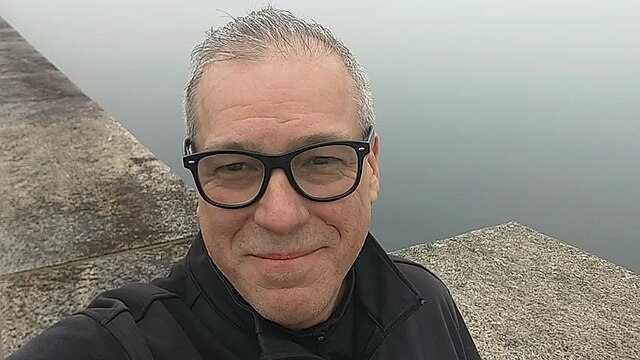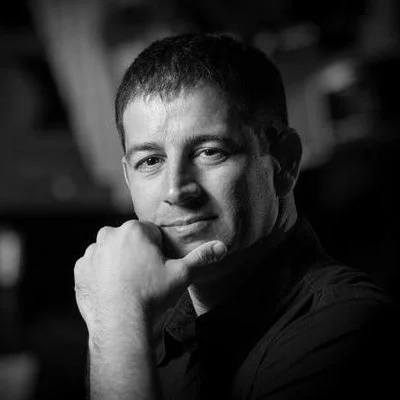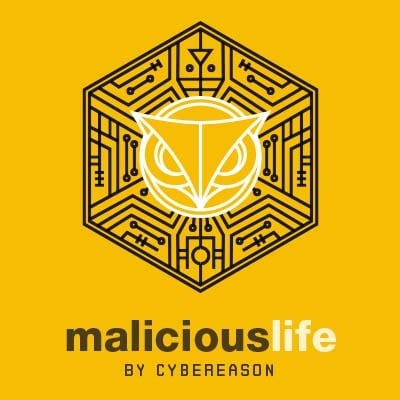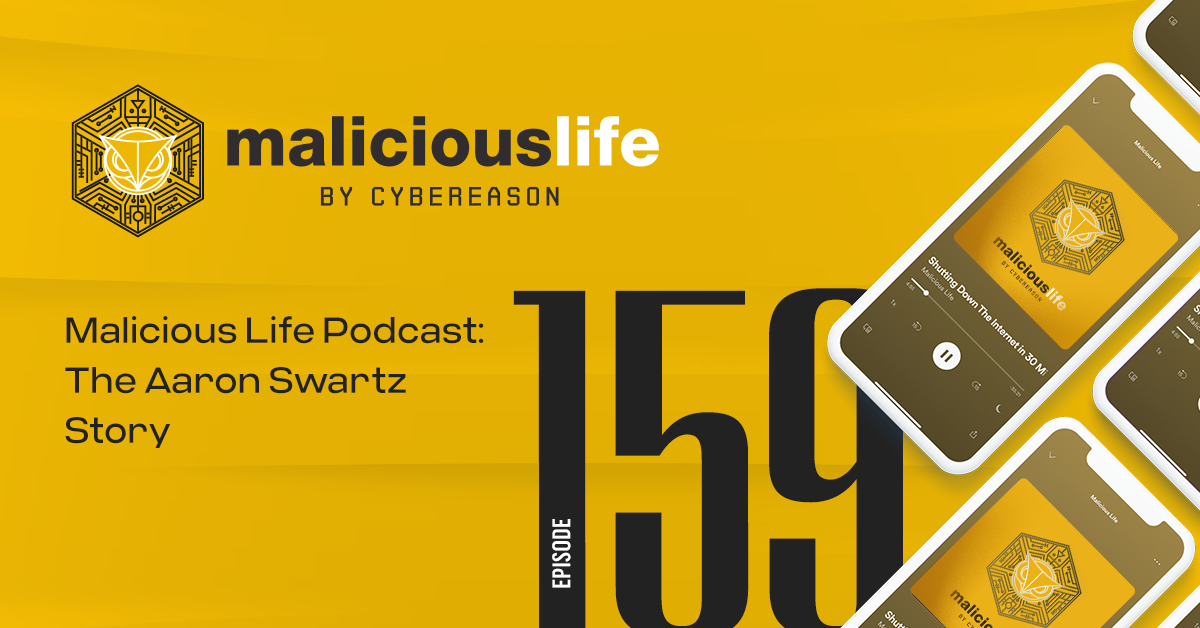FDA Raid
It was a sunny but chilly afternoon on January 4th, 1963, when two unmarked vans drove down the quiet, tree-lined streets of the Dupont Circle neighborhood of Washington DC.
Flanked by police officers on motorcycles, the envoy pulled up at 1810-12 19th Street Northwest, in front of a modest, three-story beige brick building with an alley running beside it.
There, while officers blockaded both ends of the street behind them, a crew of plainclothes Food and Drug Administration agents and US marshals flooded out onto the sidewalk, and rushed up the stoop.
When the agents emerged from inside shortly thereafter, they were escorting nobody in handcuffs. Instead, they carried boxes of papers, stacks of books, and a bunch of electrical devices–so many that they needed to call in two more trucks just to haul all three tons of it away.
Reportedly, these were their main target: toaster-sized devices called “E-Meters.”
On the inside, an E-meter is a jumbled mess of wires and chips. On the outside, it looks like a prop you’d use in a cheap Star Trek knock off: with all kinds of knobs and dials, a digital clock, a geiger counter-style reader, and long wires attached to two metal cylinders–one for each hand.
According to the FDA, these E-Meters came with false and misleading labeling, which was not a difficult fact to believe. Their users believed they could detect harmful energies and “thetans”: which, in their belief system, were ethereal, immortal entities, like spirits, that make up a person’s soul.
What these devices actually did was measure electrical resistance in the skin, like an ohmmeter. If you squint, though, you can imagine how religious cultists could’ve made that logical jump. Skin conductivity can be affected by factors like grip strength and sweat, which might shift if someone experiences, say, nervousness or anxiety. To a cultist, such a state might indicate the presence of evil spirits.
The FDA claimed victory following its raid on the budding Church of Scientology, having seized so many of its bogus ohmmeters. But to many in the general public, it looked like bullying. Why were armed federal agents busting up a tiny group that nobody knew about, and didn’t seem to be doing anything particularly dangerous?
The founder of the new church–a short and stocky, 51-year-old science fiction writer–capitalized on his congregation’s perceived mistreatment. In a statement the following day he decried how, quote:
“All I can make of this is that the United States Government . . . has launched an attack upon religion and is seizing and burning books of philosophy . . . Where will this end? Complete censorship? A complete ignoring of the First Amendment? Are churches to be attacked and books burned as a normal course of action?”
In response to this, and similar incidents to come, the science fiction author–an eccentric, forceful, larger-than-life sociopath named L. Ron Hubbard–would go on to lead the single largest known government infiltration operation in United States history.
Intro to Scientology
The FDA raid on his DC headquarters was far from Hubbard’s first run-in with law enforcement. In fact, ever since founding a religion–his so-called “Church of Scientology”–he seemed always to be in conflict with one government authority or another, often many at once.
“[Tony] L Ron Hubbard had started Scientology with a book called Dianetics.”
Tony Ortega has covered Scientology since 2012 in his newsletter, tonyortega.substack.com.
“[Tony] In 1950 [it] became a huge hit. He developed an organization out of that. He had actually had a great year 1950 then a terrible year in 1951, had gone bankrupt. Couldn’t use the word Dianetics for a while, so that’s why he came up with this word Scientology in 1952 as he got things going again. And really created a very hierarchical controlling organization, but he also was starting to get in trouble with American authorities because he was making health claims.”
Dianetics–which has to date sold more than 20 million copies in 160 countries–laid out Hubbard’s views on a wide range of philosophical and health subjects. In his words, Dianetics was, quote, “a therapeutic technique with which can be treated all inorganic mental ills and all organic psychosomatic ills, with assurance of complete cure in unselected cases.” End quote. The technique had no basis in modern science.
“[Jon] He was using ways of getting people to imagine things and then believe them to be real, which is the foundation of Scientology.”
Jon Atack — artist, author, and himself a former scientologist, from 1974 to 1983.
“[Jon] So you have this thought which is essential to Scientology, that you are trapped inside your physical body. You should be able to leave it and travel around, following the ideas of Madame Blavatsky and theosophists. You should be able to go anywhere in the universe you want. And of course, you have superpowers, which you don’t know about. And the idea of Scientology, sold and promoted year in year out, is that you can leave your body. You can be out of your head or out of your mind, as I like to think of it, and you will be able to, you know, make planets blow up, make your wife love you… You know, you’ll be able to do anything.”
Despite his lack of evidence, Hubbard didn’t undersell the effectiveness of his “treatment” for society’s many ills. He promoted Dianetics as a, quote, “milestone for Man comparable to his discovery of fire and superior to his invention of the wheel and arch.”
Legal Troubles
“[Tony] back then, the FDA took that kind of thing, you know, health claims more seriously, and he knew he was under investigation.”
Besides the FDA: the state of California, the New Jersey Board of Medical Examiners, the IRS, and the FBI had all taken an interest, for one reason or another, in the man who called himself a messiah.
“[Tony] And so in 1959 he decided to leave the United States, and he went to England. He bought an estate in Sussex called Saint Hill.”
A 60-acre property, with a large Georgian-style country house built in the 18th century for a member of the British parliament. Today it’s complimented by a castle, which serves as a training ground for Scientology recruits.
“[Tony] Those next few years were really the golden age for Scientology. Hubbard, you know, he had bought this biggest state in the countryside. People from all over the… young people from all over the world, were coming there to explore the upper levels of Scientology.”
It wouldn’t take long, though, for UK authorities to also take notice of the group, like those in the US had. In fact, Hubbard could seemingly go nowhere without drawing the wrong kind of attention.
There was, for example, the incident in Australia.
“[Jon] A guy in Australia asked for his money back from Scientology, and Ron Hubbard personally refused to give him. [. . .] He was in the Australian Labor Party, and he was a publicist, and he became besotted with Scientology, gave up his well paid job and found himself working for a few dollars a week in one of Publix Australian organizations. And then one day, one of the people he was auditing, it was Scientology. He said, What are your goals for this session? And the guy said, I want to make more money. And he suddenly realized that he wasn’t making any money anymore, and he used to be quite well off, and Scientology was meant to improve his life.”
The publicist quickly realized he’d made a mistake by joining the church.
“[Jon] So this guy, he’s absolutely connected to the Australian Labor Party, and he goes along and says, Let’s have an inquiry. And a guy called Kevin Victor Anderson, a lawyer, is appointed and does this massive investigation of Scientology, and Scientology is declared illegal in the state of Victoria. [. . .] Once it had started, there was a tidal wave, because there were people who were disaffected and disappointed by Scientology all over the world. [. . .] this stimulated, sparked a whole series of government inquires in Canada and South Africa, in Rhodesia and Zimbabwe.”
If that strikes you as an odd grouping of countries, well, that’s just something you’ll have to get used to in a story about Scientology.
“[Tony] With both the United States and England becoming uncomfortable for him, because, remember, he was running a very controlling organization, and also he was becoming increasingly paranoid. Where could he go? in 1966 He then looked into the idea of taking over Rhodesia, what we call Zimbabwe today. He actually went down there with the idea of becoming Prime Minister and making Rhodesia the first Scientology country. But after only a few months, he got deported. He was back in England, where he started. What’s he gonna do now?”
No country on any continent, it seemed, would let Scientology exist in total obscurity. So Hubbard took the next, logical step.
Scientology at Sea
“[Tony] He was a World War II Navy veteran. He had been a lieutenant in the war. And so in 1967 he took Scientology to sea, and he created this little armada of ships and began running Scientology from the Mediterranean.”
“[Jon] You know, nobody could arrest him if he was in the international waters, I think he thought. And created his bizarre Sea Organization, this group of Scientology monks, you know, the inner core of Scientology, who were actually wearing Coast Guardian forms, which I never quite understood.”
Their main vessel–the HMS Royal Scotsman–was 100 meters long and weighed 3,300-tons. It was capable of supporting around 830 crewmembers, though typically it was occupied by around 200 followers.
“[Tony] [but the problem they had is] they would sail into a port, and people were very suspicious about them. You know, he had a lot of young people with him that he called his Sea Organization. And you know, they weren’t cargo ships, they weren’t passenger ships. What were these people doing?”
It was the same issue that’d met them on land. People just wouldn’t ignore the unknown ship full of religious missionaries docked at their ports.
“[Tony] And he decided that part of the problem was that England and United Kingdom officials were sending information from their files about to places like Corfu or Valencia or Tripoli. Wherever they were going this information from these big countries would be arriving, and it really made him angry.”
By 1973, it was clear that the whole seafaring experiment wasn’t going to work out long term.
“[Tony] I think he was getting a little tired of running Scientology from sea. The ship needed repairs. They ended up in Lisbon, Portugal, and they needed to have the ship worked on. And there were rumors that French officials were searching for Hubbard to arrest him.”
Together with his bodyguard and medical officer, Hubbard fled to Queens, New York, and lied low for a while. It was there, during the early winter months of 1973, when he devised the idea that would become the Snow White program, enshrined into Scientology law with Guardian Order 732.
The Guardians
Since 1966, the Scientology religion has had its own spy wing. Back then it was called the Guardian’s Office, and it was overseen by Mary Sue Hubbard.
Mary Sue, like her husband the messiah, was a forceful figure. Jon tells a story that paints the picture:
“[Jon] Scientology is notorious for a practice of overboarding. When Hubbard’s ship was in Corfu harbor in 1968 anybody for the slightest infraction in their training – they’d been three minutes late or something – their ankles would be tied together and they’d be thrown from one of the decks either 25 feet or 40 feet high. A High diving board in the UK is 14 feet, so this is quite a leap. They’d be blindfolded, and of course, they’d be thrown into the waters of the harbor of Corfu, where there would be a lot of human sewage, because all of the ships put their sewage there. It’s not a good place to swim, so you have this horrific punishment. The first time it was used was actually by Mary Sue aboard the Avon river. A man called Otto Rose was keel hauled. He was put on a rope, was put underneath the keel of the ship, and he was dragged under the ship, on this rope.”
Mary Sue’s Guardian’s Office was in charge of handling any threats to Scientology, including any criticisms of its founder, her husband. To achieve that mission, she oversaw a small army of Guardian agents.
“[Jon] I was approached once, and I filled in one of their forms, and I had the sense that I was possibly too independently minded, because it didn’t go any further. [. . .] So I was not good material for the guardians. I lived in a house with a guy very early on, and he disappeared for three days time, and he come back. You know, you could see from his eyelids that he hadn’t slept. Years after later, 10 years later, after I’d left, I found out who he was. He’d be sent to a country to do a criminal operation, and then he’d be out.”
The Guardians Office would recruit energetic, capable, devoted young members of the church.
“[Jon] Everybody I’ve interviewed who was part of the Guardian’s Office has been highly intelligent. Most of them are academically qualified as well. But they’re sold on this idea of something very much like the big government is… we’ve got to drain the swamp and all of that kind of stuff. And so they are passionate. They believe that the world is being run by evil people.”
New recruits were given an 800-page training manual.
“[Jon] Where Hubbard is explaining how you lie, trick, deceive. You know, how to lay bugs. Just do terrible things. So how you use black propaganda to destroy your enemies.”
Guardians infiltrated news organizations, legal firms, medical offices, and more, stealing information others had about them, and information which could later be used for blackmail.
The Initial Plan
So compared to its usual doings, the original Snow White program designed by L. Ron Hubbard was relatively tame. Guardians were tasked with accessing and addressing “erroneous” information about Hubbard and Scientology in the possession of government bodies like the Internal Revenue Service and Department of Justice, but by legal means. The primary way of doing this was by requesting records under the just recently enacted Freedom of Information Act.
Anyone who’s submitted an FOIA request knows, though, that it typically takes a long time to fulfill, and that the government can withhold any documents and information deemed classified.
Unsatisfied, the Guardians soon changed course. A second Order, 1361, was issued as a kind of amendment to Hubbard’s first. In nine pages, it outlined a plan for the Snow White program which would no longer be restricted by the law.
Silver
You could understand why, in his position, Gerald Wolfe might not have gotten off to a running start as a secret agent.
His was a difficult role to fill. The Office had interviewed a series of prospective candidates for its all-important mission, but nobody with the right psychological profile was identified. After all, who was the right kind of person to infiltrate the IRS headquarters as a secret agent, and pilfer enough documents to fill a small van? Ultimately, after an unsuccessful search, Wolfe was appointed as the lucky guy to do it. And he was given a codename: Silver.
The IRS was under a hiring freeze. Somehow, though, after a few months, Silver managed to get in on November 18th, 1974, working as a clerk typist.
At typing, he was fine. At undercover spying, he was not. In the first month on the job, Silver made no progress towards his mission. And so, as Jon describes in his book, “A Piece of Blue Sky,” Silver’s two handlers at the Guardians Office–Mitchell Hermann (also known as Mike Cooper), and a young but ambitious Guardian named Michael Meisner–decided to show him just how easy stealing from the US government was.
At 4 PM one weekday in early December, Meisner and Hermann visited the IRS building where Wolfe was posted. They waited until employees left work for the day and then, around seven at night, went up to the seventh floor. They entered the office of the IRS’ Exempt Organization Division–well-known to the church, which was always trying to earn tax-exempt status on the grounds of being a religion. They exfiltrated information about Scientology, photocopied it, and the next day, Hermann came back to return the original to the cabinet where they’d found it.
With the confidence that stealing from the US government was as easy as that, Silver set his target on an IRS attorney named Barbara Bird. On December 30th, he visited her office after she was out. As Tony recalls in his book, “The Unbreakable Miss Lovely,” Silver noticed that besides its front door, Bird’s office had a second, unused and locked door, which was blocked by a table. Sneaking into her office, he unlocked it. On nights and weekends thereafter, after Bird would go home for the day and lock her front door, Silver would go through the door he’d secretly opened, past the table, and start rummaging through her files.
By 1975, Silver was stealing so many documents that the church abandoned all attempts to organize and label them.
“[Tony] Here’s what they would do. Scientology would make a FOIA request, and they would say, We want all documents regarding L Ron Hubbard, involving this. You know, there was this Hawaiian tax case for some reason, whatever it was. And then, by law, what the government would do, they would create a list of every single possible document that might be included in that request that they would have to turn over. Then the attorneys would look through that list and say, yes, they’re entitled to this. No, they can’t have that. Yes, they can have this.”
This document itself–even more so than the documents it referred to–was the key.
“[Tony] They would wait until closing time. They would hide. They would then come out after everyone had left, and they would steal that list. And that list was invaluable because they knew which documents they were being given, but this gave them a list of all the documents they weren’t being given and their locations, and they would then use that list basically to go around and collect those documents.”
The Plot Widens
Silver’s was just one among many, similar missions unfolding at the very same time. Besides him, for example, Michael Meisner was also supervising an agent in the Drug Enforcement Administration, Nancy Douglas, and another in the U.S. Coast Guard, Sharon Thomas, who he later reassigned to the Department of Justice.
“[Tony] One woman I’ve talked to recently, who just only recently explained her part in it, Valerie Ross, she explained how she got a job as a typist at the FBI, and she would just take copies of documents and drop them in her purse, go home, make copies of them, and then bring them back to the office.”
Across the US, UK, Canada, and other countries around the world, Snow White agents picked up ordinary jobs as secretaries, clerks, accountants–whatever government jobs they qualified for in the closest possible proximity to potentially sensitive and valuable information. They’d steal that information by photocopying documents that came across their desks, sneaking into locked offices after closing hours, and employing more clever tricks still.
“[Tony] One of the people they wanted to target was this Assistant US Attorney whose office was in Washington, DC, because he had handled a tax case against Hubbard. And they really wanted whatever was in his office. It was a little tricky. How do you break into the office of an Assistant US Attorney? But it turned out he was in a building that also contained a law library, the DC law library, and so Meisner and Wolf would go in there – this took some number of visits – to case the joint and find out how it was run. And they would go to the DC law library and wait around until everyone had left, then break into a different hallway that led to this attorney’s office and go through his things.”
Outro Teaser
On one occasion, Meisner and Silver visited the D.C. Bar Association Library, signing in under the names of two Scientology critics. There, on the same floor, they snuck into the office of Justice Department attorney Nathan Dodell, they copied around 2,000 pages of FDA and police files pertaining to their church.
It was near the end of the mission, when they’d finished photocopying and were going to replace the original documents, that a librarian approached. The librarian asked if they’d signed in, and told them not to come back again without the permission of the chief librarian. The two agents agreed, and the librarian walked off. The agents snuck back into the attorney’s office and completed their mission, probably assuming that the librarian would quickly forget about them.
He did not.
